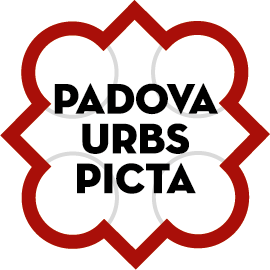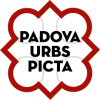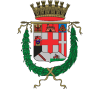In the 1950s, the typical Sunday outing for a Paduan family was a trip to the Euganean Hills – making full use of the newly acquired FIAT 600. And very quickly this gave rise to the customary combination of an afternoon outing and spuncioni [snacks]. Many families in places such as Teolo, Vo, Castelnuovo and Torreglia opened up their courtyards and gardens to these first motorised visitors, offering such snacks as: hard-boiled eggs with salt, pepper and lemon (the more sophisticated also added a sliver of anchovy); broadbeans, with or without onions; sliced meats (above all, salami and sopressa); olives and artichokes. And, of course, there was the Red or White della casa. The Torta della Nonna [Granny’s Own Tart] was also a favourite.
The whole thing became so well-established that as the economic boom got underway, a number of these improvised ‘snack providers’ took their first timid steps into the restaurant business
Since those pioneers of the 1950s and 60s, the food on offer in Padua and the surrounding area has taken giant steps forward – far outstripping what one would expect as just normal development over the course of time. Now, it has reached the peaks of international recognition. The greatest example of this is represented by the Alajmo family (father Erminio, mother Rita, chef Massimiliano, and the siblings Raffaele and Laura), who every year figure at the top of the most important Italian restaurant guides (Espresso, Gambero Rosso, Michelin). It is they who are behind ‘Le Calandre’ (and ‘Il Calandrino’) at Rubano; ‘l’Abc’ at Selvazzano; the legendary Café Quadri (and ‘Il Quadrino’) in Venice’s St. Mark’s Square; the ‘Stern’ in Paris; the ‘Amo’ in Treviso and the ‘Amor’ in Milan.
Overall, the general level of restaurant food has undergone almost exponential improvement. Nowadays, people no longer say “You don’t eat badly in Padua”, they say “You eat well”. And the difference between those two comments is much more substantial than it might seem.












